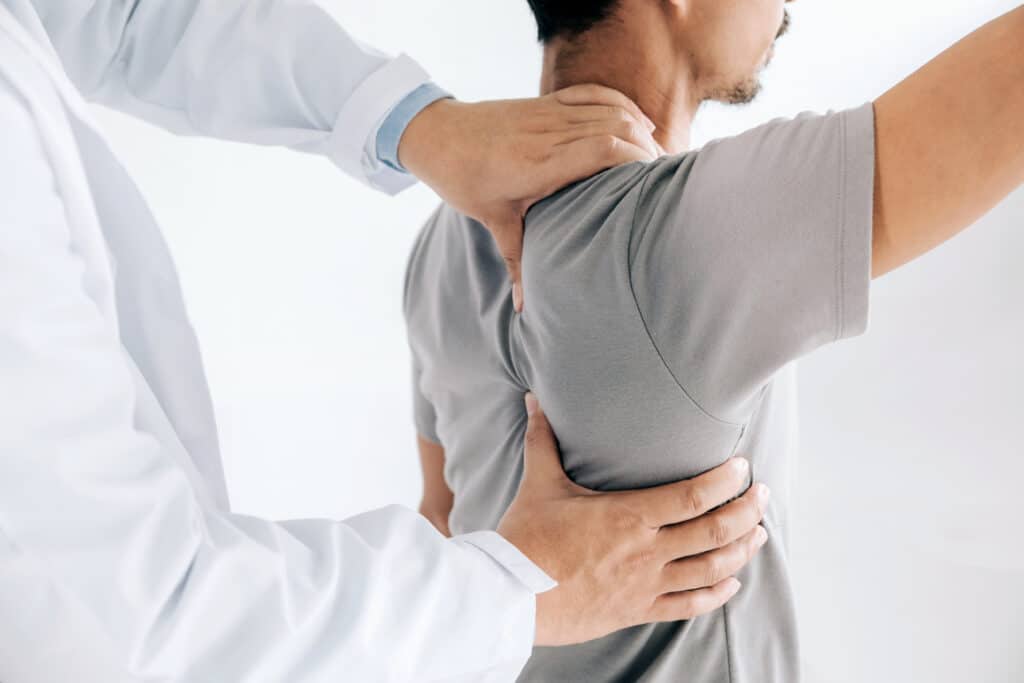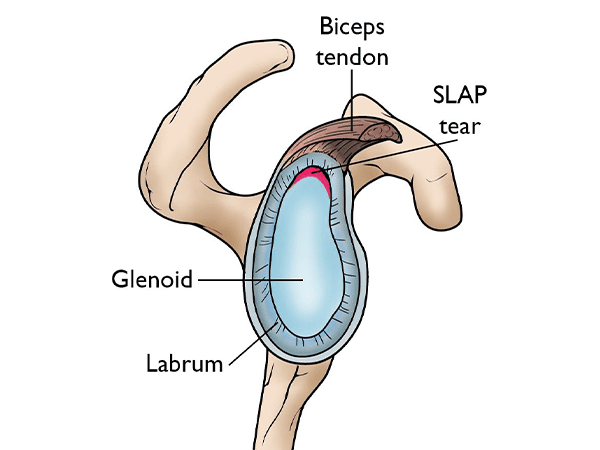Our Expertise
SLAP TEARS
SLAP (Superior Labrum Anterior to Posterior) tears are specific injuries to the labrum of the shoulder joint, where the long head of the biceps tendon attaches. These tears often occur due to trauma, repetitive overhead motions, or degenerative changes, leading to pain, weakness, and instability in the shoulder.
- Diagnosis: Thorough examination and imaging studies to accurately diagnose SLAP tears and assess the extent of the injury.
- Non-Surgical Treatments: Rest, physical therapy, and medications to alleviate symptoms and strengthen the shoulder muscles.
- Surgical Intervention: Arthroscopic surgery to repair the torn labrum and restore stability and function in the shoulder joint.

Slap Tears
At Arthrogenix, we are dedicated to providing expert care and advanced treatment options for SLAP tears, helping our patients achieve optimal outcomes and regain a pain-free, functional shoulder.

Experience relief from shoulder pain with our specialized treatment options for SLAP tears, aimed at restoring stability and function in the shoulder joint. Non-surgical treatments may include rest, physical therapy, and anti-inflammatory medications to alleviate symptoms and strengthen the shoulder muscles. In cases where conservative measures are ineffective, arthroscopic surgery may be recommended to repair the torn labrum and restore shoulder function.

